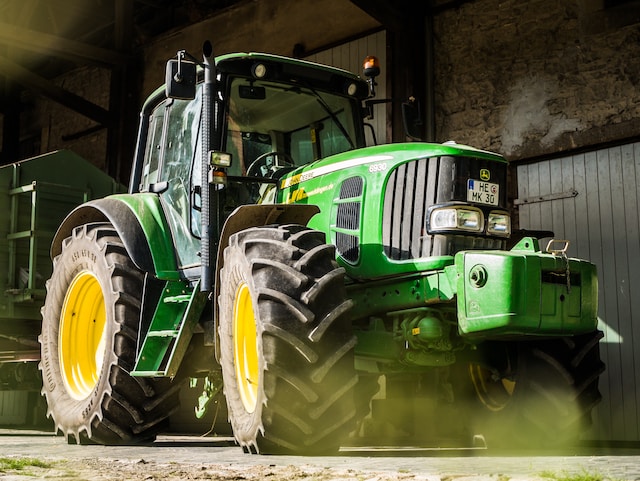Restoring an old tractor is a rewarding and challenging task. It’s an excellent way to preserve history and make your tractor functional and visually appealing again.
The restoration process involves several steps, including assessing the tractor’s condition, preparing for the work, removing rust and repairing damage, painting, and finishing.
Assessing the Tractor’s Condition
When restoring a tractor, it is essential to assess its condition. This will help you identify areas that need to be repaired or replaced.
Ensuring the tractor is safe before attempting any repairs is also essential. Checking the tractor’s safety features can prevent accidents and injuries to workers.
Safety tools like seat belts, fire extinguishers, and ROPS may significantly improve your work environment. Ensuring every employee knows how to utilize this safety equipment correctly is crucial.
Keeping your tractor up-to-date with maintenance will increase reliability, save money, and reduce the risk of accidents. It is essential to follow the manufacturer’s maintenance recommendations.
Preparing for the Restoration Process
Restoring a tractor is a great way to preserve a piece of history while maintaining a working machine. Although the procedure might seem overwhelming, a homeowner can fix and use their tractor for many years with the correct equipment and skills.
Whether they grew up with the farm equipment in their backyard or took an interest later in life, many people are fond of old tractors and the lifestyle that surrounds them. For these individuals, tractor restoration is a way to bring their favorite machines back to life and share their memories with others.
Whether you have an old John Deere or another brand, there are several tools and techniques that you can use to make your tractor look new again. Taking the time to assess your tractor’s condition, removing rust and repairing damage, and painting your tractor will help ensure you can get the most out of the restoration process.
Removing Rust and Repairing Damage
If you’ve ever owned a rusty tractor or any other metal object, you probably know that it can quickly deteriorate. It’s a common problem for commercial and personal use, and removing rust before it causes significant damage properly is essential.
First, you’ll need to assess the extent of the rust and any other damage. This will help you determine what parts need to be replaced or repaired.
You’ll also need to set up a workspace with access to electricity and a large enough area to accommodate the tractor. This will make the restoration process more manageable and ensure you can complete the task as quickly and efficiently as possible.
Removing rust from your tractor can be challenging and time-consuming, but it’s essential for restoring the functionality of the machine and giving it a new look. With the right tools and techniques, you can successfully tackle this step of the restoration process!
Painting and Finishing
Painting is an integral part of the restoration process. It helps to protect the metal and keep your tractor looking good for longer.
You can do this on your own or hire a professional to do it for you. The cost will depend on the work needed, but you may save money in the long run.
Paints and stains are essential because they help to protect metal, wood, and other materials. They also add a new layer of color to your vehicle, giving it a refreshed look.
The main thing is that they need to be applied correctly. A good paint job can save your investment.
To start, remove all decals and emblems before you paint them. This will make the painting process go quicker and easier.




